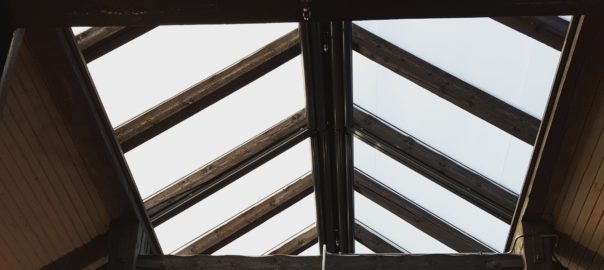Museums in Estonia are fairly reasonably priced, for just 4€ an adult you can get a ticket for the Estonian Museum of Architecture and spend a few hours learning about the fascinating history of the country by proxy of its buildings.
The museum itself is actually quite small, it takes only 2 or 3 hours to go through the entire three floors and basement space where as the architecture museum in Germany was a whopping five floors and we spent almost 4 hours in there without being able to see everything. But that’s okay, Germany is a lot bigger than Estonia!
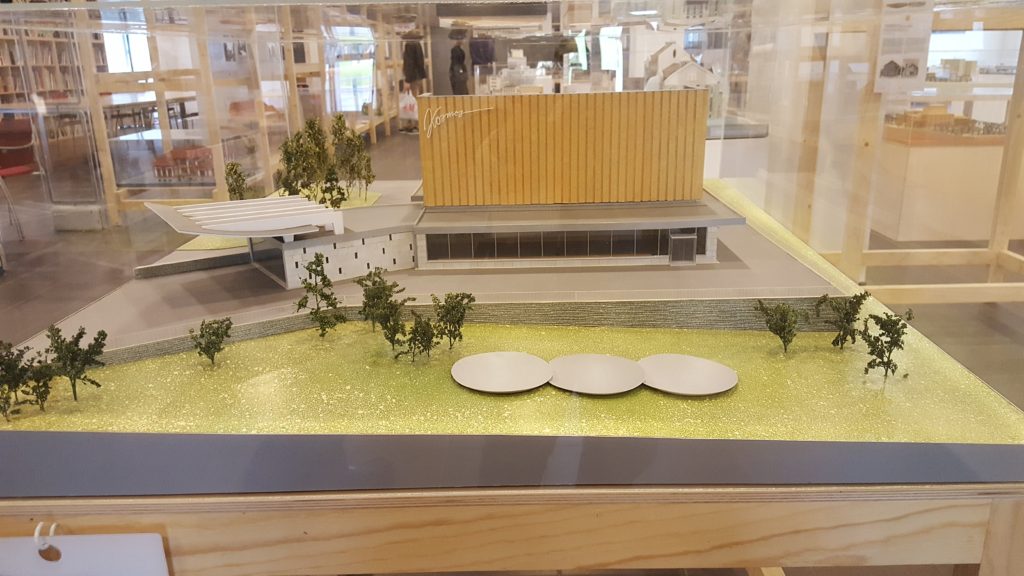 This is the building next to our house actually. It’s the first model you see when you walk in the museum!
This is the building next to our house actually. It’s the first model you see when you walk in the museum!
The museum has what you’d expect on the first floor, it’s permanent collection which includes models of both typical style AND atypical style housing in Estonia. It breaks down models by sections and along the back wall it leads you from early Estonia to modern in a large wall info graphic explaining each era of building.
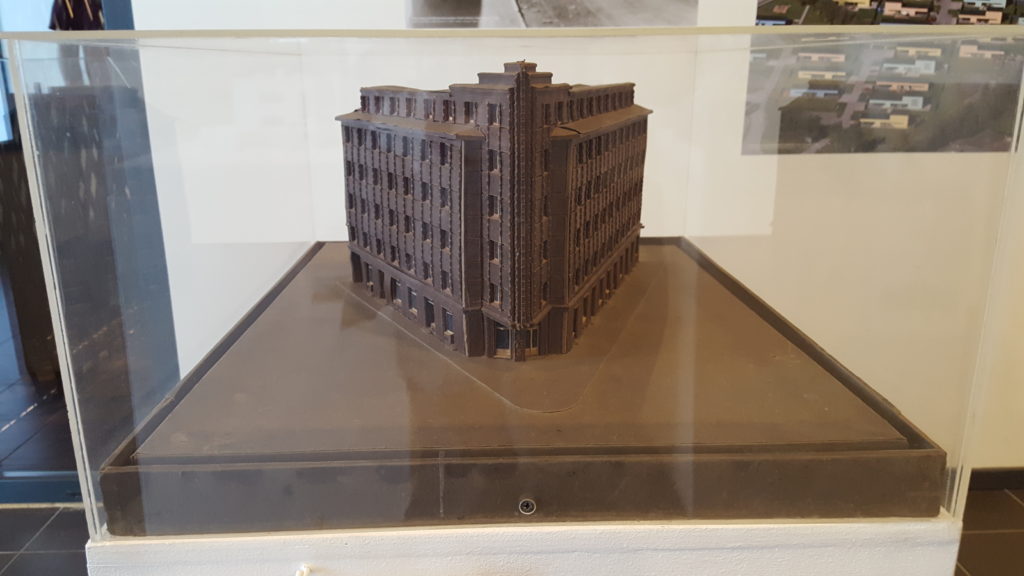
A lot of the buildings are located in Tallinn, including this one above a few blocks from our house, right along the tram line. This is probably even more fun for tourists who can make a game of finding as many of the models in real life as possible.
Each model came with a plaque in both Estonian and English so it’s an easily accessible museum for Americans and other English speakers. The information though felt mostly limited and not a lot of it stayed with me because either it was esoteric or too general for me personally. The models are very well done though and aside from the “future” section which I mostly found annoying and confusing, the museum offers a wide variety of building types and dating/building specifics for each.
A large portion of the models are focused on the Soviet era in Estonia and talk about some of the planning and execution of these buildings which was particularly interesting. There were many plans available to see that were never carried out and it felt good to know that parts of the city looked unfinished or jammed together because building never finished or the Soviets decided to move in a different direction.
They also have a library that is open on weekday where you can sit and read through plans and books. Unfortunately we were there on a weekend so we couldn’t experience that.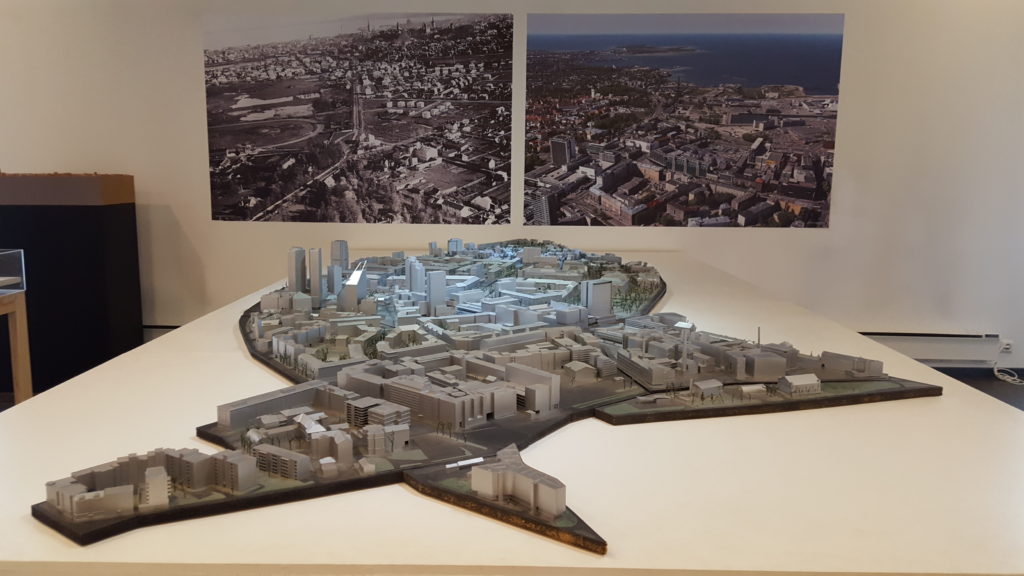
This is my favorite part of the 1st floor, a model of the dead center of Tallinn which is used to help figure out how buildings will look if replaced and can be used to model parades or street closing. Above it are pictures of Tallinn in the 1890s vs 2008.
There was very little about the buildings in Old Town (though certainly you get plenty of that IN Old Town) and I’ve found various plaques hung on older buildings gave more information about pre-1900 buildings so if you don’t care for the last century of building, this isn’t the museum for you.
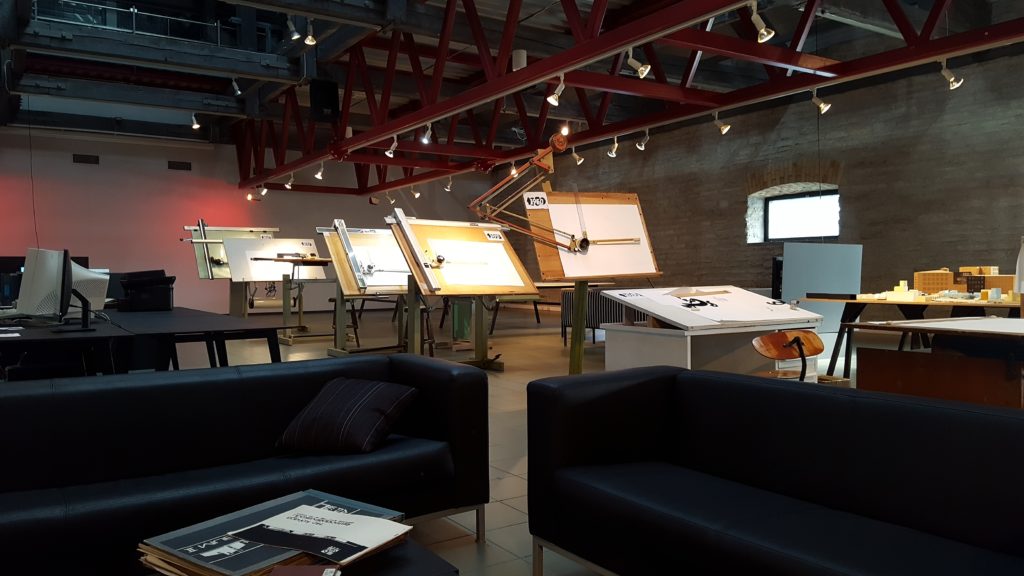
The second floor had one of the rotating features, while we were there it was “Genesis. The History of Architectural Design” which contained all the tools and designs from the 20’s onwards including entire drawing desks (which you could touch and rotate and move the pieces on). Several people had drawn on the white sheets of paper on the desk and used the tools even.
While we were there a children’s class was going on where kids were using some of the tools from the 60’s and 70’s specifically to make their own designs.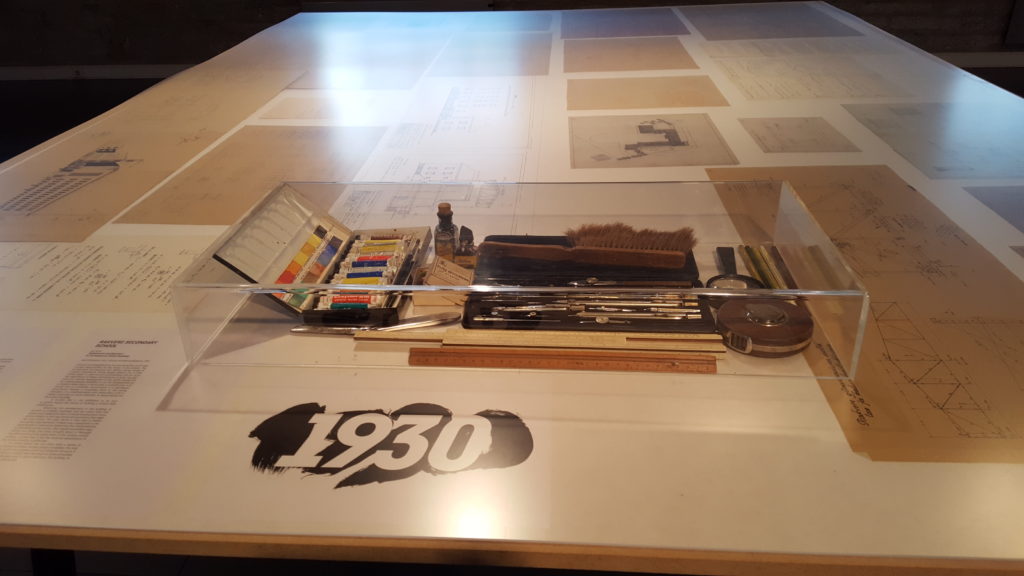
The exhibit was in Estonian and English again but the translations were actually quite poor in English and missing a lot of information. Despite that, this was probably worth the entire cost of the ticket. Videos played about design, there were couches to sit on and flip through pictures and for each era there was laid out a box of tools as well as many schematics and pre-planning pieces so you could understand the method of drafting in that time.
The 1980’s and 1990’s had computer programs and sets of instructions if you wanted to try your hand at a little MS-DOS CAD.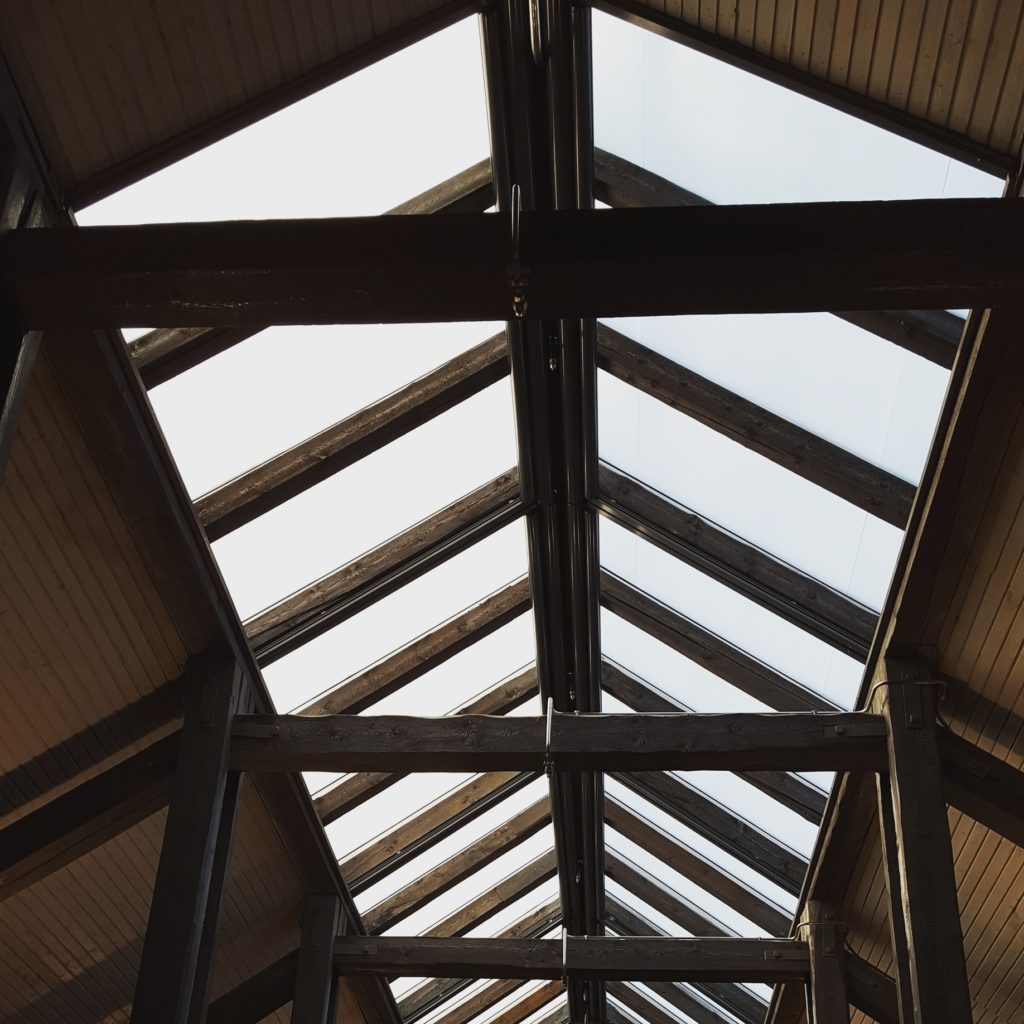
The third floor also had a quite bizarre rotating display called “Modern Finnish Poster” which was just what it says on the tin. I didn’t take pictures of the exhibit because I was too interested in the roof of the building. The exhibit was mainly about 90 posters hung around a walkway. They ranged from the 60’s to just a few months ago but since they were presented without any commentary we zoomed through them very quickly. They were a healthy mix of sweet, strange, funny, and sentimental. Some were complete nonsense and using symbol that I have to imagine were meaningful to Finnish people made many of them incomprehensible to me.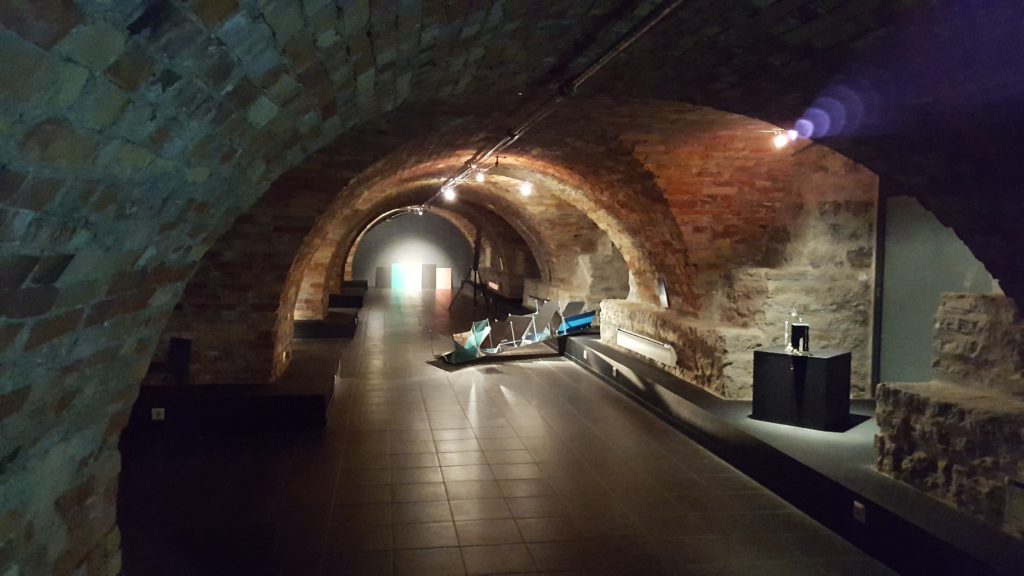
Lastly, the basement floor. The space itself was great, feeling somewhat between an underground railroad and a child’s rendition of a cave but the art exhibit down there didn’t really do it for me. Loud sounds, flashing lights, and installation displays with no context mostly left me cold and confused. The exhibit was “Peter Skubic. Mirrors are invisible”.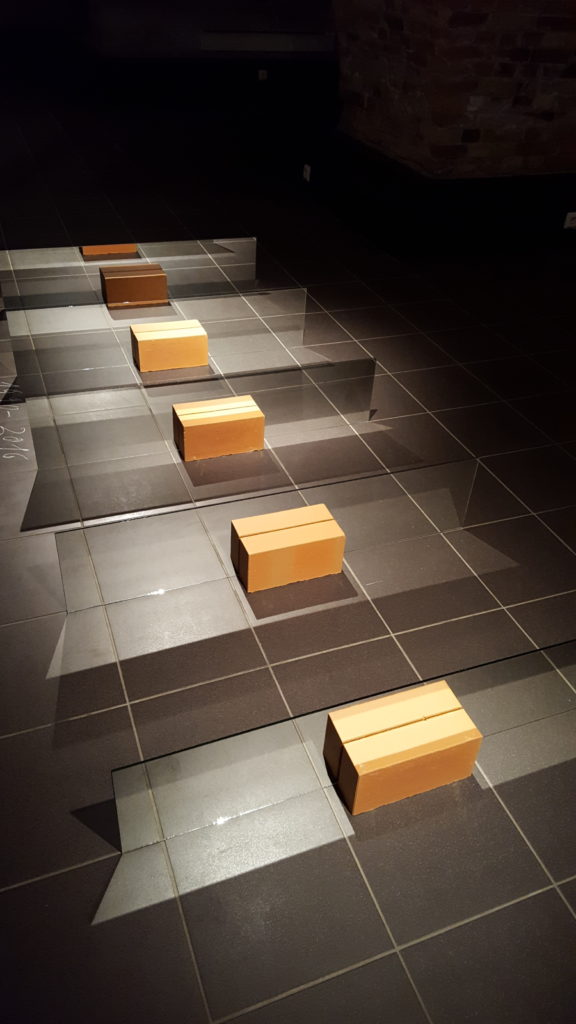
While some of the pieces seemed to be clever and make sense, they also brought a sort of cacophony when laid so closely together. This piece was probably my favorite but I didn’t stay long enough to have a second favorite. Apparently the artist had embedded (by surgery) a plate in his arm and then later had it removed (as a statement art piece) which is interesting to hear about, maybe, but unfortunately they also played the surgery on a large TV on the side of the room. Due to the many mirrors it was visible through large portions of the entire space and eventually made me so uncomfortable that I left. If not for the video, the flashing lights would have made me leave eventually because they were so pervasive in several installations that I walked around half the exhibit with swirls and dots popping in my vision.
All in all I would probably go again when they rotate out all the exhibits. They also offer “location” tours around Tallinn which might be interesting to do some day. The building itself is also a piece of architectural history also as the Rotermann Salt Storage.
You can visit the museum website here, or visit them on location at Ahtri 2, Tallinn 10151.
